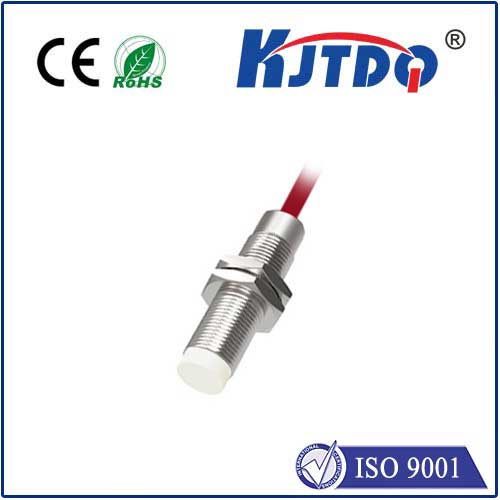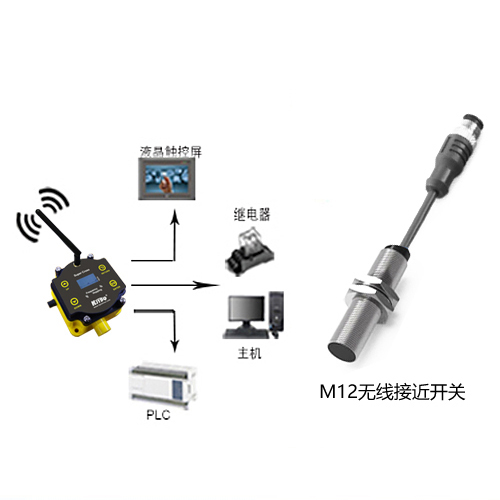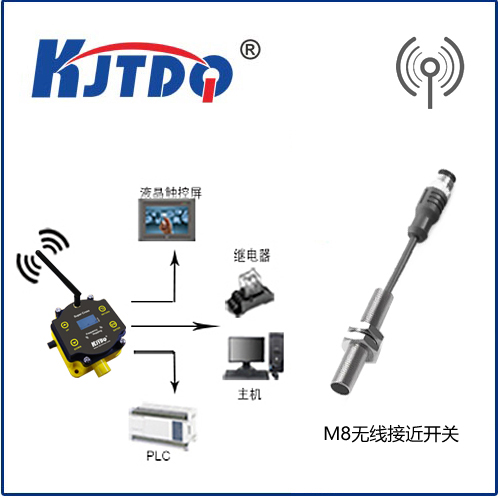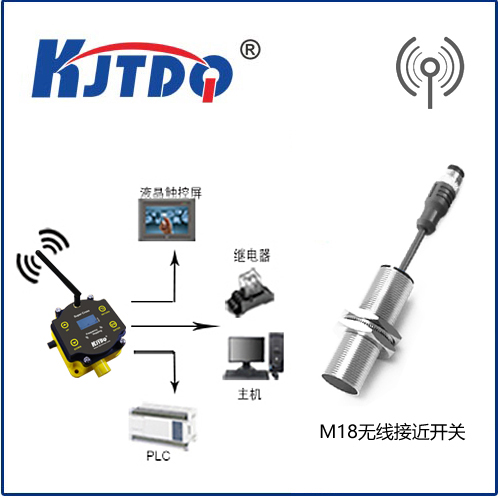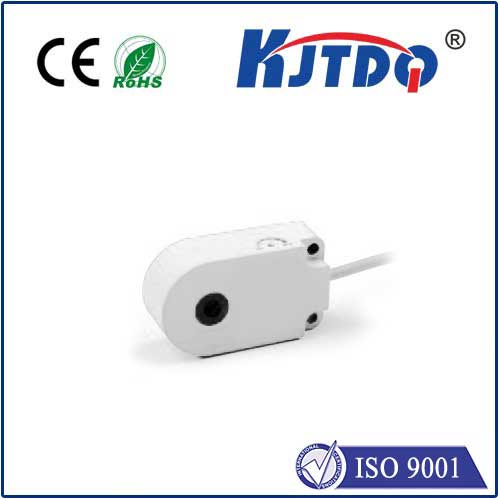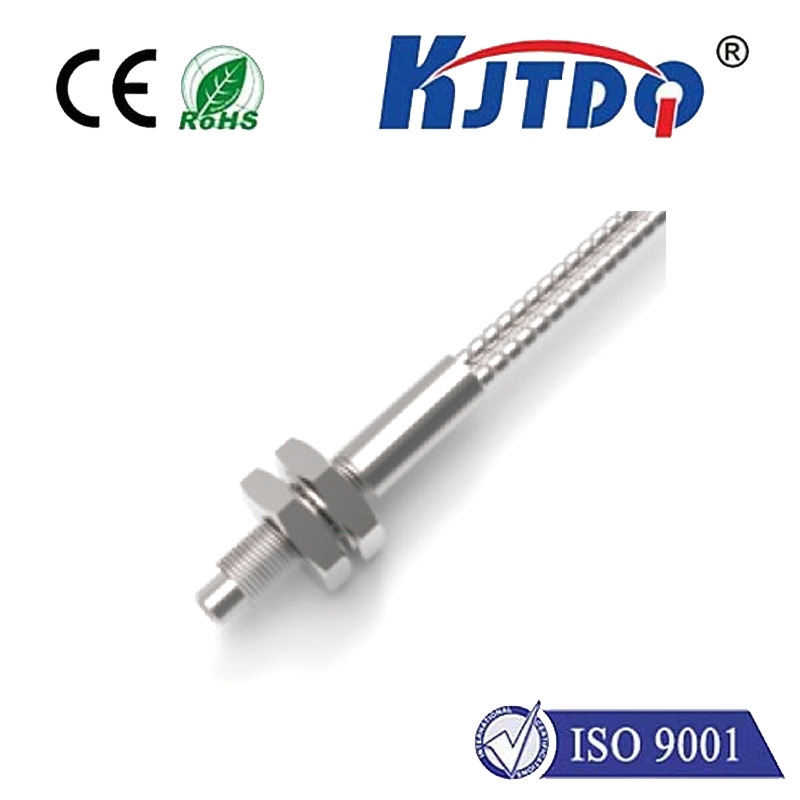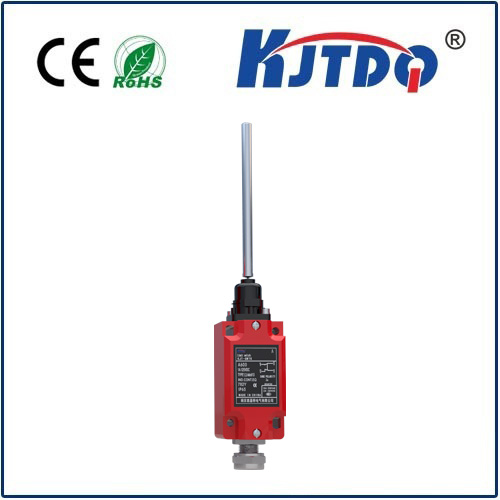Автоматический ограничитель
- time:2025-08-02 01:00:35
- Нажмите:0
Auto Limit Switches: Your Essential Safeguard for Precision and Safety in Automation
Imagine this: an industrial robotic arm, powerful and swift, reaching the very edge of its programmed path. Without warning, it slams into an obstruction, bending metal, shattering components, and risking catastrophic failure. Or picture a garage door descending with crushing force, oblivious to the child’s toy left in its path. These aren’t scenes from a sci-fi thriller; they are real-world dangers prevented by an often-overlooked hero: the Auto Limit Switch.
An Автоматический ограничитель is far more than just a simple button. It is an engineered sensing device, usually electro-mechanical, strategically positioned within machinery or automated systems to detect the physical presence or limit of travel of a moving component. When the target (like a machine part, door, or vehicle) contacts or approaches the switch’s actuator, it automatically triggers a critical action – most commonly, stopping motion instantly or reversing direction to prevent over-travel, damage, or unsafe conditions. Automatic operation is its core function, differentiating it from manually operated switches.
Core Functionality and Ubiquitous Applications:
The fundamental principle is elegantly simple: detect, signal, act. When the actuator (lever, roller, plunger) is moved by the target object, it causes internal contacts to change state. This rapidly sends an electrical signal to the machine’s control system (like a PLC - Programmable Logic Controller). Based on the programmed logic, the system immediately reacts – halting a motor, reversing direction, activating a warning, or sequencing the next operation. This seamless, automatic response is vital for:

- Travel Limitation: Preventing actuators, slides, and carriages from exceeding their intended stroke, avoiding collisions with frames, end-stops, or other equipment. Precision positioning relies heavily on this.
- Overload Prevention: Stopping motors when mechanisms jam or encounter excessive resistance, preventing burnout and damage.
- Safety Interlocking: Ensuring guards are closed, access doors are secured, or personnel are clear before dangerous machinery can operate.
- Position Verification: Confirming the presence or absence of objects in specific locations (e.g., is the workpiece clamped? Is the elevator car at floor level?).
- Sequencing Control: Signaling the end of one movement phase to initiate the next step in an automated process.
Consequently, you’ll find robust auto limit switches silently working in countless settings:
- Производство: CNC machines (detecting table limits), robotic arms (defining work envelopes), conveyor systems (tracking package position, diverting items), presses (top/bottom dead center).
- Перевозка материалов: Elevators (floor leveling, overspeed protection), cranes and hoists (upper/lower travel limits), automatic doors and gates (open/close positions).
- Packaging & Processing: Filling machines (confirming bottle position), sealing equipment (verifying lid presence).
- HVAC & Building Automation: Damper position control, ventilation system interlocks.
- Automotive: Assembly lines, paint booths, vehicle wash systems.
Exploring the Key Varieties:
Auto limit switches come in diverse forms to suit specific environmental demands and sensing needs:
- Mechanical Lever/Roller Types: The most traditional. Physical contact moves a lever or roller, actuating internal snap-action contacts. Ideal for precise position detection where positive contact is acceptable. Rugged and cost-effective. Keywords: robust construction, positive actuation, cost-effective solution.
- Proximity Sensors (Non-Contact): Inductive (detecting metal), capacitive (detecting various materials), or photoelectric (detecting light beam interruption). Crucial where avoiding physical contact is necessary for long life, high-speed applications, or delicate targets. Offer enhanced durability in harsh environments. Keywords: non-contact detection, wear-free operation, high switching frequency.
- Magnetic Reed Switches: Activated by the presence of a magnetic field (mounted on the moving target). Offer sealed contacts, making them resistant to dust, moisture, and corrosive atmospheres. Keywords: sealed housing, reliable in harsh conditions.
- Rotary Cam Limit Switches: Employ a rotating cam wheel with lobes. As the cam rotates, lobes actuate multiple switches sequentially. Perfect for controlling multi-stage processes or requiring multiple signals per revolution. Keywords: multi-stage control, sequential operation, complex timing.
Critical Advantages Driving Adoption:
Why are auto limit switches indispensable in modern automation? The benefits are compelling:
- Повышение безопасности: The primary role. They are fundamental components in machine safety systems, preventing hazardous movements, trapping risks, and protecting personnel and equipment. Absolute necessity for compliance with safety standards (e.g., ISO 13849).
- Equipment Protection: Preventing mechanical over-travel, collisions, and jams significantly extends the lifespan of expensive machinery, motors, and drives. This directly translates to reduced maintenance costs and downtime minimization.
- Operational Precision: Ensuring components stop exactly at the intended location is vital for consistent product quality, accurate assembly, and repeatable processes. Contributes directly to manufacturing efficiency.
- Process Reliability: By providing clear position feedback and initiating sequence control, they guarantee automated processes run smoothly and predictably, minimizing errors and rejects.
- Durability & Versatility: Engineered for demanding industrial environments (dust, moisture, vibration, temperature extremes), they offer long service life across a vast range of applications. Modern designs emphasize robust performance.
Selecting the Right Auto Limit Switch: Key Considerations
Choosing the optimal Автоматический ограничитель requires careful evaluation:
- Environment: Exposure to dust, water (IP rating), chemicals, temperature swings, or heavy vibration? Choose housings and sealing accordingly.
- Actuation Method: Does the application permit physical contact (lever/roller) or require non-contact (proximity)? Consider target material for proximity sensors.
- Electrical Requirements: Load current/voltage (AC/DC), contact configuration (NO/NC), and required switching speed/frequency.
- Mounting & Actuator Style: Space constraints dictate physical size and shape. Choose an actuator (roller, fork, plunger, etc.) suited to the target’s approach angle and force.
- Safety Integrity Level (SIL/PL): For safety-critical functions, select switches certified for the required performance level.
- Durability Needs: Expected mechanical life (number of operations) under the specific operating conditions.
From the massive presses shaping car chassis to the delicate robotics assembling microchips, auto limit switches are the vigilant guardians ensuring everything moves only as far – and as safely – as it should. Their automatic operation, translating physical presence into critical control signals, underpins the precision, safety, and efficiency of the automated world. They are truly the unsung heroes, working ceaselessly to keep processes running smoothly and people protected. When designing, maintaining, or operating automated systems, neglecting these vital components is simply not an option. Their role in preventing accidents and optimizing performance makes them a fundamental element in modern industrial landscape.

